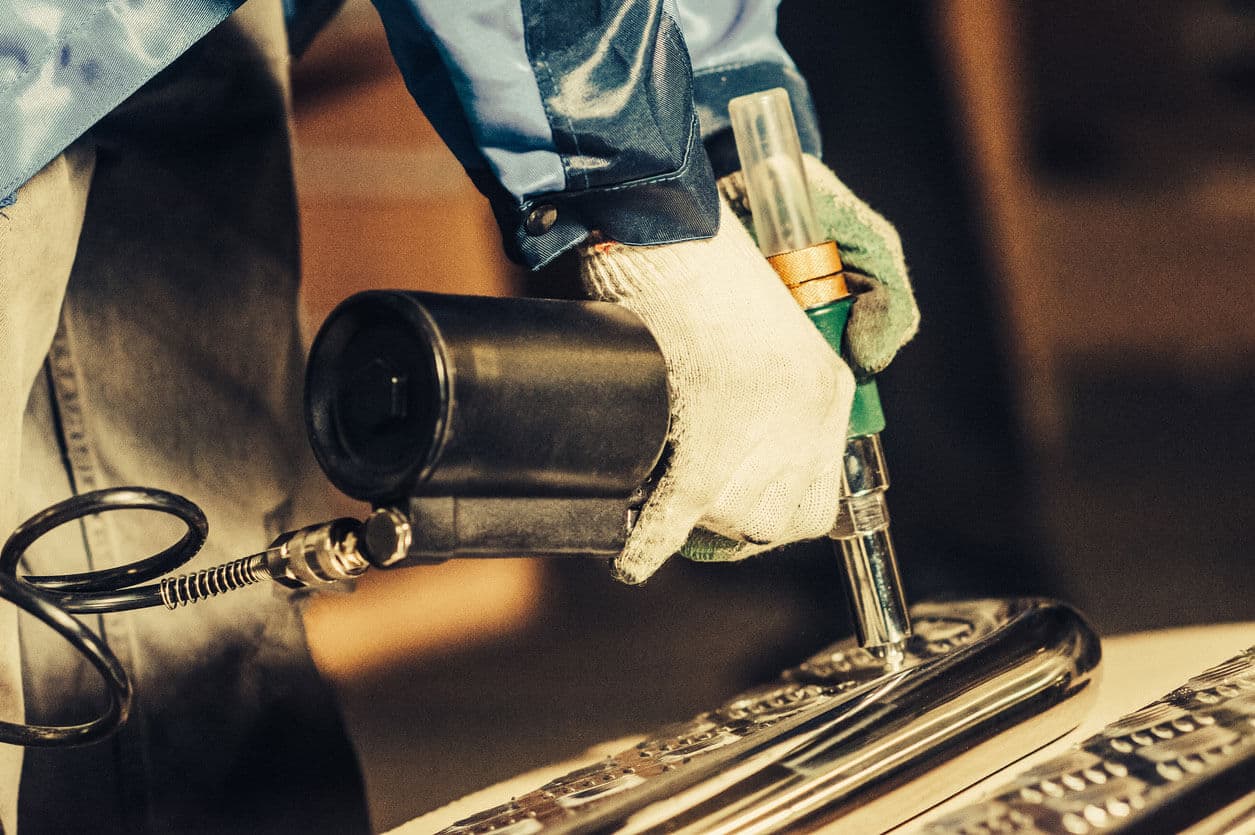Why are metrology calibrations so misunderstood? Three common reasons affecting every business – Article 1 of 3

From torque wrenches to temperature probes, and electrical testing devices to force gauges, metrology equipment is found in-use within businesses across nearly every industry.
Despite the broad uses for metrology equipment and the reliance on it to perform day-to-day tasks, many businesses have admitted to having a lack of understanding when it comes to metrology equipment calibrations.
Our calibration experts have worked with thousands of companies across the UK and have found three common issues contributing the misunderstanding of metrology calibrations.
In this series of blog articles, we’ll cover each of the three issues, as well as giving our recommendations on how to improve each area.
Or, click here to download the full guide, which delves into more detail on the misunderstanding of metrology calibrations.
Problem 1: A lack of company-wide understanding on the importance of calibrations
The first issue we find time and time again is the lack of company-wide understanding on the importance of calibrations. The key word here being ‘importance’.
Generally, we’ve found QA teams are well aware of the importance of having accurately calibrated metrology equipment, but in most businesses the use of metrology equipment expands into other departments who don’t have the same level of understanding.
Often overstretched QA teams are given the responsibility of organising calibrations which can lead to communication and knowledge gaps between the user of the equipment and the person (or people) responsible for arranging the calibration. This often leads to unaccounted for equipment or a lack of awareness of the proper processes for the maintenance and care of the equipment.
Unaccounted equipment
Just one piece of uncalibrated equipment could add a non-conformance to your ISO audit. To ensure all metrology equipment is accounted for, we recommend creating a process for teams who purchase their own metrology equipment.
Click here to view our recommended process in the full guide
Maintenance and care
We’ve found when departments outside of QA use metrology equipment in process, they tend to be aware of how the equipment needs to perform to get the job done, but often aren’t aware of the bigger picture – particularly how to ensure their tool continues to provide accurate results.
A common example is the number of calibrations an instrument should have per year. The standard is once every 12 months, however if an instrument is dropped or banged constantly, if it’s used in unusually hot, cold, humid or wet conditions, or if it’s showing visible signs of general wear and tear, it should be pulled from service and inspected. Often this doesn’t happen, and heavily used instruments can be providing inaccurate readings for months while the user is unaware.
There are lots of online resources available with guidance on best-practice approaches to caring for metrology equipment. We’ve written many articles around the subject which you can check out elsewhere on our Calibration Blog.
Ready to keep reading?
Click through to the next article where we discuss problem two, the lack of best practice information on how to manage calibrations.
Or, click here to download the full guide, which delves into more detail on the misunderstanding of metrology calibrations.